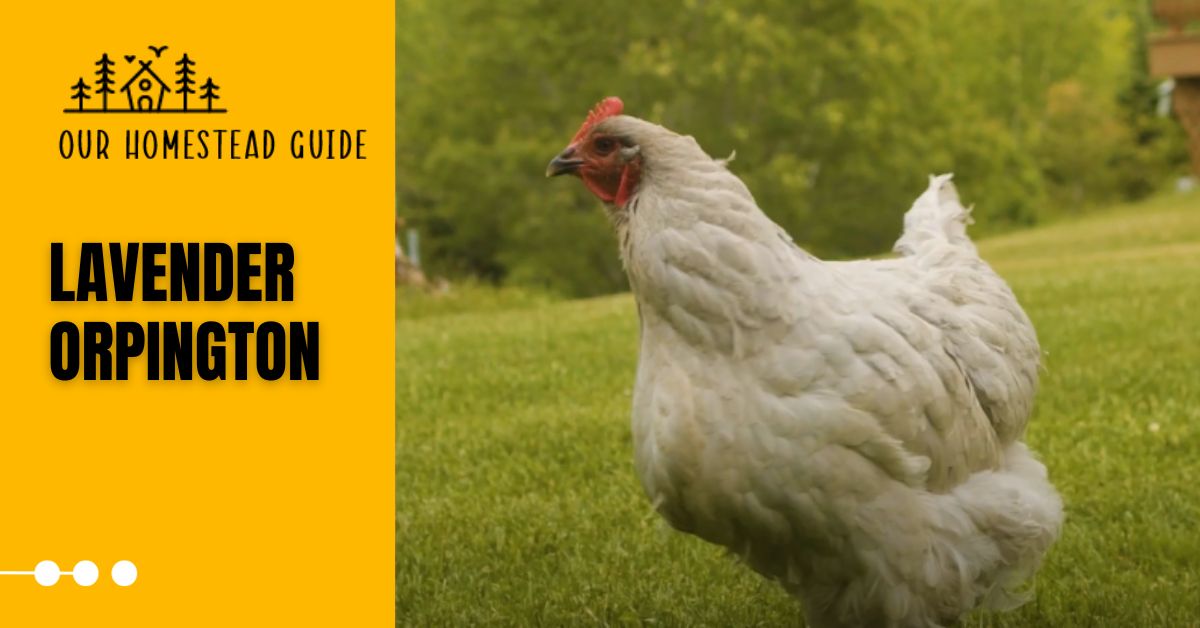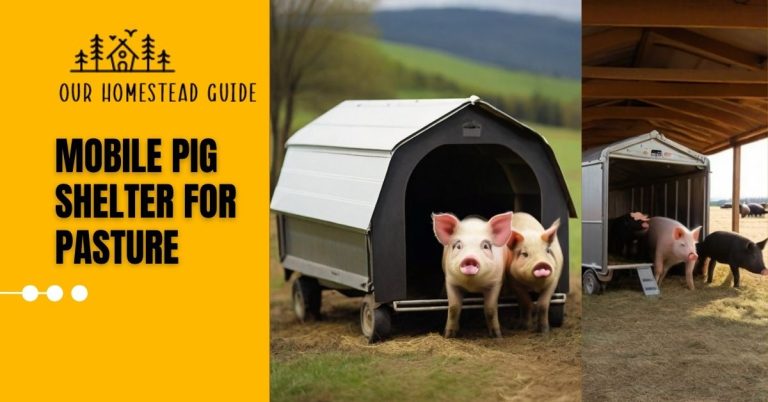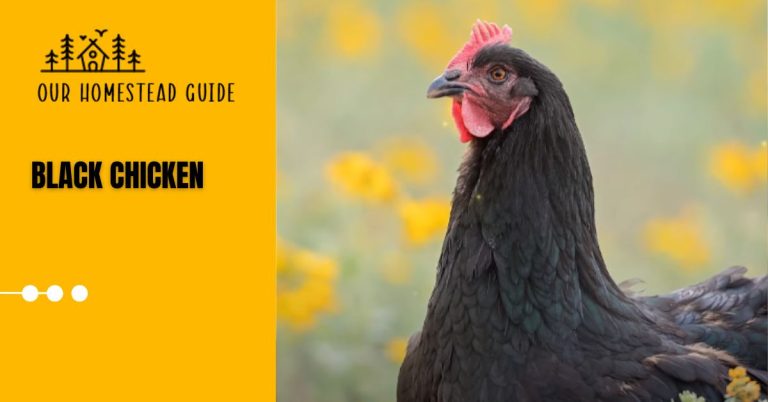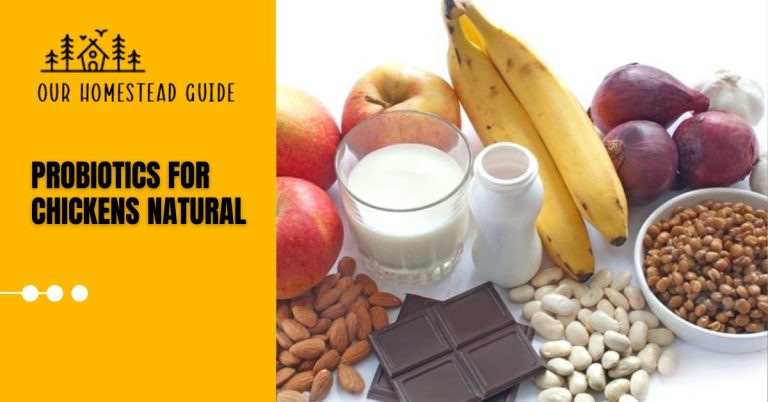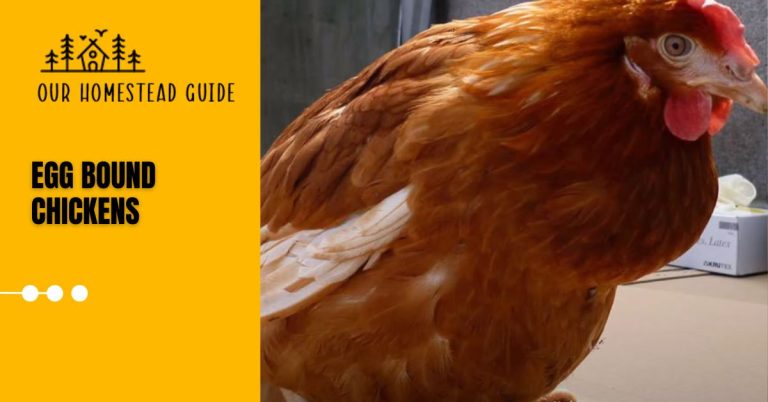Lavender Orpington Chickens: Care, Guide & Egg
Across the planet, lavender Orpington is thriving! These cuddly and placid birds are a popular backyard companion because of their attractive appearance, a miable disposition, and superior egg-laying abilities. A docile, hearty breed known for its beautiful lavender-blue plumage and good egg-laying ability.
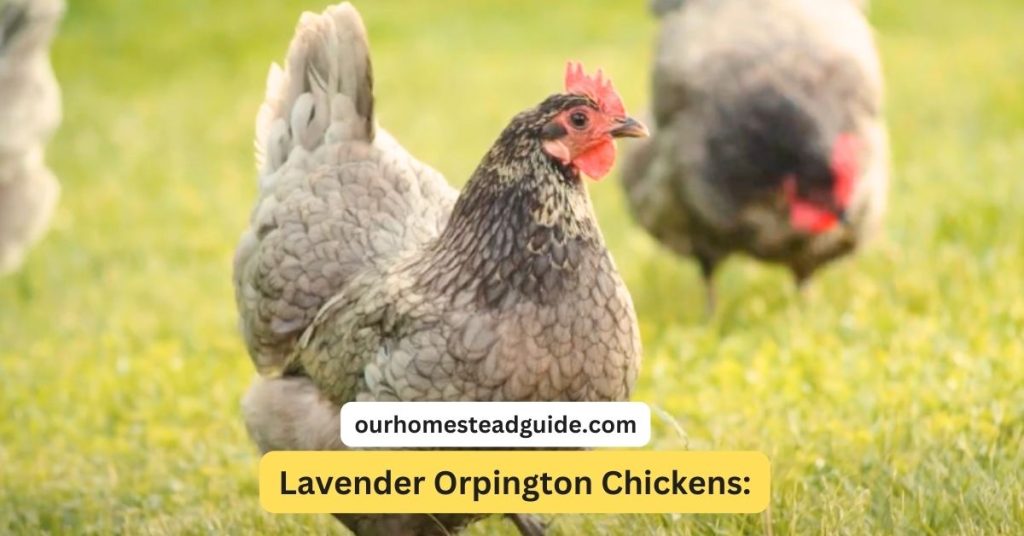
How to Lavender Orpington?
1. Prepare a brooder:
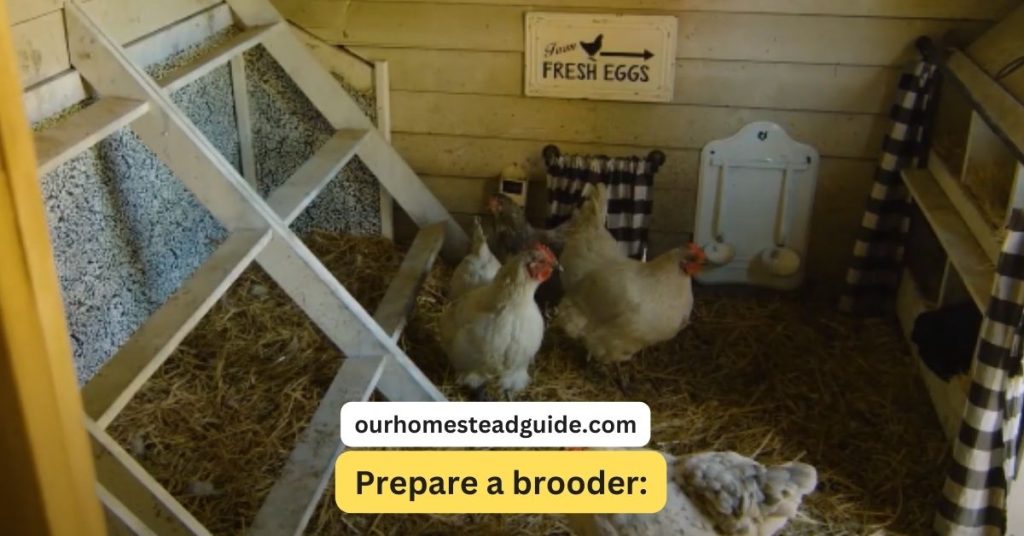
For the first several weeks of their life, chicks are housed in a heated container called a brooder. A brooder can be made yourself, bought at a pet store, or purchased online. The size of the brooder should allow the chicks to walk around easily without becoming disoriented. To keep the chicks warm, line the brooder with shavings or newspaper and place a heat lamp inside.
2. Obtain Lavender Orpington chicks:
Lavender Orpington chicks are available from hatcheries or internet merchants. Make sure the supplier of healthy chicks you select is reliable.
3. Place chicks in the brooder:

Put the chicks in the brooder as soon as they arrive. For the first week, the brooder’s temperature should be between 90 and 95 degrees Fahrenheit. After that, it should progressively drop by 5 degrees per week until it reaches room temperature.
4. Provide food and water:
Give the chicks fresh, clean water and a chick-starting meal. To help prevent the prevalent chicken illness coccidiosis, the chick starting meal should be treated with coccidiostat.
5. Clean the brooder:
To keep the disease from spreading and to get rid of droppings, give the brooder a once or twice a day cleaning.
6. Move the chicks to a coop:
The chicks can be transferred to a permanent coop when they are 6–8 weeks old. There should be plenty of room for the hens to roam about in a well-ventilated, predator-proof coop.
7. Provide food and water:
Until the chicks are sixteen weeks old, keep giving them chick-starting meals. After that, you may feed them a layer diet, which is meant to aid in egg production.
8. Collect eggs:
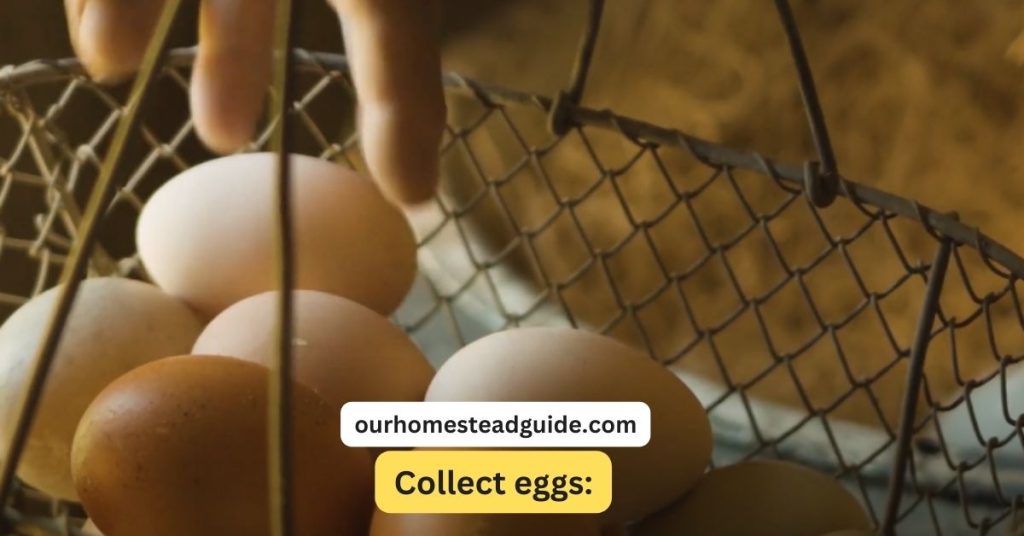
Eggs will be laid by lavender Orpington chickens around six months of age. An average of 200 eggs will be laid by them annually.
9. Enjoy your Lavender Orpington chickens:
Friendly and submissive, lavender Orpington hens are wonderful complements to any garden herd. Their eggs have a lovely light tan hue, and they are also excellent layers.
Lavender Orpington Chicken History
Developed in the late 1990s by breeding Lavender Plymouth Rocks with Black Orpingtons, the Lavender Orpington chicken is a relatively new breed. Despite not being recognized by the American Poultry Association, their amiable disposition and decent egg-laying skills make them a popular choice for backyard chicken keepers.
With beautiful lavender-blue plumage, the Lavender Orpington chicken is a big, kind breed. They are amiable, submissive, and suitable as pets for households with young children. They lay 200 eggs a year on average, making them excellent layers as well.
A lovely breed of chicken, lavender Orpingtons are a wonderful addition to any garden flock. They are not particularly prone to illness, need little maintenance, and thrive in both hot and cold climates. They require lots of fresh food and water, as well as a well-ventilated coop.
Lavender Orpington Appearance
The vivid lavender-blue plumage of Lavender Orpington hens makes them a stunning and unique breed. They are a big, robust breed with a round, wide physique and a kind disposition. The following are some salient features of their appearance:
1-Plumage:
Their beautiful lavender-blue plumage, with a subtle iridescent shimmer, is their most distinctive characteristic. Their feathers are equally colored, which gives them an appealing look.
2-Comb and Wattles:
They have one medium-sized comb that rests firmly atop their heads. Their relatively big, V-shaped wattles are fleshy flaps located beneath their beak.
3-Feet and Legs:

The slate blue hue of their feet and legs goes well with their lavender plumage. They have medium-length legs that are proportionate to their physique.
4-Size:
Typically, lavender Orpington hens weigh between five and seven pounds, while roosters weigh between seven and nine pounds. They are regarded as a giant breed of chicken because of their huge stature.
All things considered, Lavender Orpington hens are an eye-catching breed with a tasteful blend of slate blue feet, lavender feathers, and a nicely built physique. Backyard chicken fans favor them because of their pleasant dispositions and gentle temperament.
Lavender Orpington Chickens Care Requirements
Lavender Orpington hens are excellent additions to backyard flocks since they require little maintenance. The following is a list of the care they need:
Housing:
Cooperation: Assign a suitable-sized, well-ventilated coop that is safe from predators. Give each adult hen five to ten square feet.
Perches: Provide stable perches with adjustable heights to suit a range of chicken sizes and ages. Give each bird a perch space of 10 to 12 inches.
Nesting Cases: Give chickens that lay eggs nesting boxes. Usually, one nesting box is plenty for every two to three chickens.
Feeding:
- starting: Give chicks up to sixteen weeks of age starting a meal.
- Layer diet: Switch to a layer diet designed for egg production after 16 weeks.
- Fresh Water: Make sure there is always availability of fresh, clean water.
- Supplements: To help with digestion, try giving grit and oyster shells as a calcium supplement.
Environment:
Fencing: Make sure there is a safe, enclosed space for external access.
Shelter: Protect from the wind and rain as well as shade in hot weather.
Dust Bath: To assist hens in keeping their feathers healthy and in controlling parasites, provide a dust bath area.
Well-being and Health:
Frequent observation: Keep an eye out for any indications of disease or harm to your hens.
Veterinary Care: For regular checks or with any health concerns, consult a veterinarian.
Pest Control: Take steps to keep vermin such as lice and mites from getting a hold of the coop and the hens.
Lavender Orpington Health Concerns
Here is a summary of Lavender Orpington’s health concerns:
| Health Concern | Description | Prevention |
|---|---|---|
| External parasites | Inability to lay an egg due to large egg, calcium deficiency, or tumor. | Clean, dry coop, dust baths. |
| Internal parasites | Weight loss, diarrhea, death caused by worms, coccidia. | Regular worming, clean, dry coop. |
| Egg binding | Coughing, sneezing, and wheezing are caused by viruses, bacteria, and dust. | Consult a vet immediately. |
| Respiratory infections | Coughing, sneezing, and wheezing caused by viruses, bacteria, and dust. | Consult a vet immediately. |
| Foot problems | Pain, swelling in feet caused by bumblefoot, frostbite. | Clean, dry coop, comfortable roosting area. |
Lavender Orpington Medical Issues
Although Lavender Orpingtons are typically healthy birds, they can contract some common ailments in chickens. The following are some of the most typical health problems that Lavender Orpingtons may experience:
External parasites: other hens, lavender orpingtons are vulnerable to external parasites such fleas, lice, and mites. Anemia, itchiness, and irritation can all be brought on by these parasites. It’s crucial to maintain your chicken coop dry and clean and to give your hens dust baths to ward off outside parasites.
Internal parasites: Worms and coccidia are examples of the internal parasites that Lavender Orpingtons may be vulnerable to. These parasites can result in diarrhea, weight loss, and even death. Worm your hens regularly and keep their coop dry and clean to prevent internal parasites.
Egg binding: When a hen has egg binding, she is unable to lay eggs. Numerous things, such as a big egg, a calcium shortage, or a tumor, might cause this. You should take your hen to the veterinarian right away if you believe she is egg-bound.
Respiratory infections: Chickens frequently have respiratory infections, which can be brought on by several things such as dust, germs, and viruses. A respiratory infection can cause wheezing, sneezing, and coughing. Take your chicken to the veterinarian right away if you suspect she has a respiratory ailment.
Apart from the aforementioned prevalent medical conditions, Lavender Orpingtons may also be vulnerable to some uncommon health difficulties, like:
Feather picking: A chicken that chooses its feathers is said to be feather-picking. Numerous things, such as boredom, stress, or a dietary deficit, might contribute to this. You should speak with a veterinarian to identify the reason and create a treatment plan if you suspect your chicken is feather plucking.
Prolapse: A prolapse is a condition in which a chicken’s vent protrudes from its body. It can be brought on by a tumor or by trying to lay an egg. If you think your chicken may have a prolapse, get veterinarian help right away.
Although lavender orchids are typically healthy, it is important to be informed of any potential health risks. Their chance of becoming sick can be considerably decreased with the right care and a clean atmosphere.
What Is the Price of Lavender Orpingtons?
The age, provenance, and demand for Lavender Orpington chickens are just a few of the variables that might affect their price. Generally speaking, though, you should budget between $3 and $8 for each chick.
Here are a few particular instances of costs from various hatcheries:
- Hoover’s Hatchery: $6.64 – $8.09 per chick
- Cackle Hatchery: $3 – $8 per chick
- Hilltop Farms: $22 – $36 per chick
Please be aware that these costs might change at any time, so for the most recent information on prices, always check with the hatchery or reseller.
Benefits of Lavender Orpingtons
Indeed, the following are a few advantages of keeping Lavender Orpington hens:
amiable and compassionate nature:
Lavender Orpingtons are a wonderful option for households with kids because of their mild and kind disposition. They are not known to be aggressive, and they are generally calm and simple to handle.
Good layers of eggs:
Lavender Orpingtons lay an average of 200 eggs a year, making them excellent egg layers. Their eggs have a somewhat darker speckled pattern and are a lovely light tan hue.
tenacious and flexible:
Lavender Orpingtons are resilient and climate-adaptable hens that can flourish in many different environments. They are rather low-maintenance hens that do not have a high illness risk.
Gorgeous look:
Chicks named Lavender Orpingtons are visually stunning due to their deep lavender-blue feathers. Their feet and legs are slate blue, and they have a single comb and V-shaped wattles.
Make wonderful companions:
Because of their mild disposition and amiable demeanor, lavender orpingtons make wonderful companions. They are an excellent option for novice chicken keepers because they are also rather simple to maintain.
The following are some other advantages of keeping Lavender Orpington hens:
- They will love to eat the worms and bugs in your yard since they are excellent foragers.
- They won’t bother your neighbors because they are calm hens.
- They may be produced for both meat and eggs because they are a dual-purpose breed.
Most Frequently Asked Questions!
1- What is a Lavender Orpington chicken?
A Lavender Orpington chicken breed is distinguished by its exquisite lavender-blue feathers. They are a Buff Orpington variety, but their distinctive hue comes from a lavender-blue gene. Despite not being recognized by the American Poultry Association, backyard chicken keepers continue to like lavender orpingtons.
2- What are the characteristics of Lavender Orpington chickens?
It is well known that lavender Orpington hens are kind, obedient, and amiable. They are wonderful pets and get along well with children. They will lay 200 eggs a year on average, and they are also good layers.
Their eggs have a gorgeous pale tan hue. The foot and comb of Lavender Orpingtons are slate blue. These are big chickens, with a maximum weight of eight pounds.
3- How do I care for Lavender Orpington chickens?
Lavender orchids require little maintenance. Until they are 16 weeks old, they should be fed chick starter feed and kept in a well-ventilated, predator-proof coop. After that, you might convert them to a layer feed. Because Lavender Orpingtons are excellent foragers, they will take pleasure in consuming worms and insects from your yard.
4- What is the lifespan of Lavender Orpington chickens?
A typical lavender orchid’s life span is five to eight years.
5- Where can I buy Lavender Orpington chickens?
Lavender Orpington chickens are available for purchase from hatcheries or internet merchants. Make sure the supplier of healthy chicks you select is reliable.
6- Additional tips for raising Lavender Orpington chickens:
- Give your hens an abundance of fresh produce and clean water.
- To stop illness from spreading, clean their coop often.
- Give your hens lots of room so they can go around and exercise.
- Keep wolves away from your hens.
you may also like this article.

